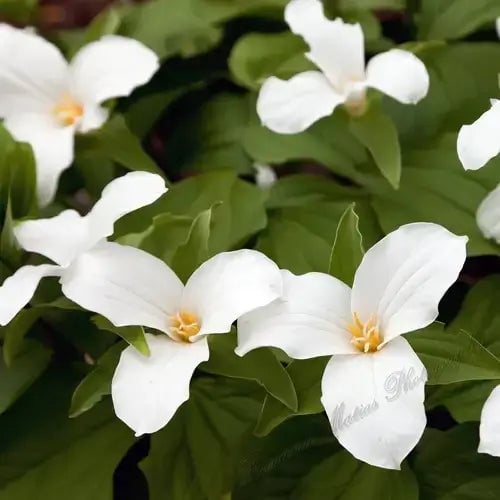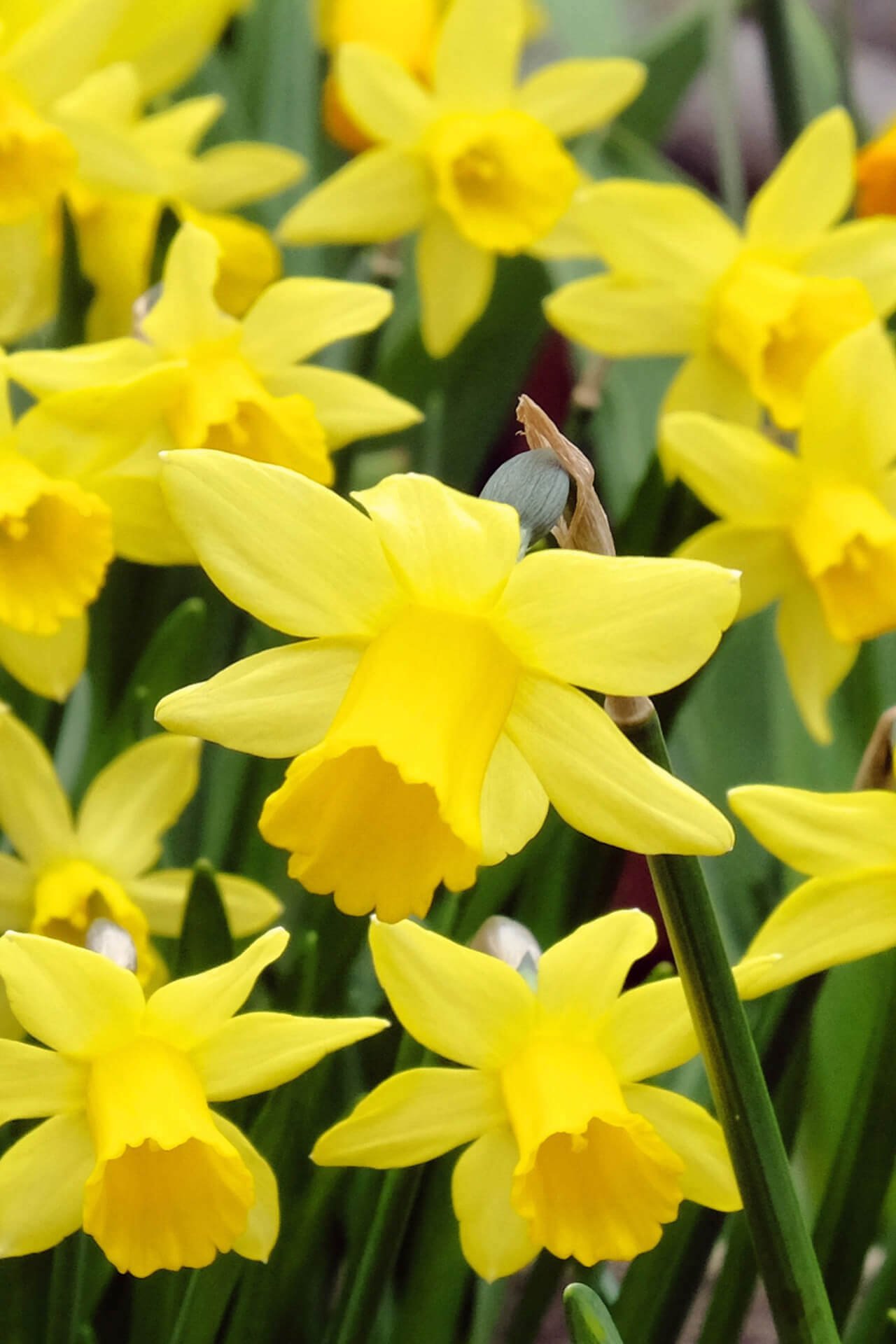A Comprehensive Guide to Flowers in Your Garden
A garden adorned with vibrant and fragrant flowers is a source of joy and beauty for any homeowner. Whether you're an experienced gardener or a novice enthusiast, cultivating a diverse collection of flowers in your garden can be rewarding. From choosing the right flowers for your climate to providing proper care and maintenance, this guide will take you through creating a breathtaking floral oasis in your backyard.
Choosing the Right Flowers
Before you start planting, it's crucial to consider factors such as your climate and the amount of sunlight your garden receives. Some flowers thrive in specific conditions, while others are more versatile.
Climate Considerations for flowers
Different flowers have different temperature and climate requirements. If you live in a cold climate, opt for hardy perennials like daisy's, daffodils, and chicory. In warmer regions, tropical flowers such as hibiscus, bougainvillea, and orchids can add a touch of exotic beauty.
Soil Type
The soil type in your garden plays a significant role in flower selection. Acidic soil suits flowers like azaleas and rhododendrons, while alkaline soil is perfect for lavender and dianthus.
Sunlight Requirements
Assess the sunlight your garden receives throughout the day. Full-sun flowers like roses, sunflowers, and zinnias need at least 6-8 hours of direct sunlight. Partial-sun or shade-loving flowers such as impatiens, begonias, and ferns thrive in areas with less sunlight.
Planning and Layout
Designing your garden layout is a creative process that involves arranging flowers aesthetically pleasing and functionally. Consider factors like color schemes, bloom times, and plant heights.
Color Harmony
Choose a color palette that resonates with your preferences and the overall ambiance you want to create. Harmonious combinations like complementary colors (opposites on the color wheel) or analogous colors (adjacent on the color wheel) can create visually pleasing displays.
Bloom Times
Select flowers with varying bloom times to ensure your garden remains vibrant throughout the seasons. This way, you'll continuously display colors and textures.
Plant Heights: Arrange your flowers based on their mature heights. Taller flowers should be placed towards the back of the garden bed, with shorter ones in the front. This provides a layered effect that allows each flower to be seen.
Planting and Maintenance
After careful planning, it's time to put your garden dreams into action. Proper planting techniques and ongoing maintenance are vital for the health and longevity of your flowers.
Preparing the Soil
Before planting, amend the soil with compost or organic matter to improve its structure and nutrient content. This creates an ideal environment for root growth and flower development.
Planting Techniques
Follow planting guidelines on seed packets or plant labels.
Ensure proper spacing between plants to prevent overcrowding.
Water the plants immediately after planting to help them establish their roots.
Watering
Consistent watering is essential, especially during the initial stages when plants establish themselves. Water deeply and less frequently to encourage more profound root growth. Think about using a soaker hose or drip irrigation to minimize water wastage.
Fertilization
Feed your flowers a balanced fertilizer according to the recommended schedule. This provides the necessary nutrients for the healthy growth of large blooms.
Pruning and Deadheading
Regularly remove spent blooms through a process known as deadheading. This not only keeps your garden looking tidy but also encourages continuous blooming. Prune plants as needed to shape them and remove diseased or damaged growth.
Special Considerations
Every garden has its unique challenges and opportunities. Here are a few special considerations to consider as you nurture your flower-filled haven.
Container Gardening
If space is limited, consider container gardening. Pots and containers offer flexibility and can be moved around to optimize sunlight exposure and aesthetic arrangements.
Native Plants
Incorporating native plants into your garden supports local ecosystems and tends to require less maintenance and resources.
Attracting Pollinators
To encourage pollinators like bees and butterflies, include flowers that provide nectar and pollen. Lavender, coneflowers, and milkweed are excellent choices for attracting these essential insects.
Seasonal Care
Different seasons demand different care practices. Prepare your garden for winter by mulching to protect roots, and consider covering delicate plants during frost.
Creating a breathtaking flower garden requires planning, dedication, and a touch of artistic flair. By selecting the right flowers for your climate, planning a harmonious layout, and providing proper care and maintenance, you can transform your outdoor space into a stunning floral haven that brings joy and beauty throughout the seasons. Remember that gardening is a journey of learning and adaptation, so don't be afraid to experiment and explore new varieties to enhance your garden's charm continually.
Unique Ways and Patterns for a Breathtaking Garden
Flower gardening allows for limitless creative expression. Every garden space has the potential to showcase personal style and ecological balance through strategically arranged floral designs. The range of flower garden installations stretches from vertical structures to intricate ground patterns limited only by your imagination. These distinctive patterns and methods will enable you to enhance your flower garden's beauty, diversity, and practicality.
The "color block" approach represents a visually stunning method of flower planting. Instead of combining multiple colors within an area, you assign extensive garden sections to individual bloom colors. When you implement this method, your garden design will have a powerful visual impact because each color will remain distinct from the surrounding areas. This pattern usually involves creating a row of golden marigolds next to violet salvia patches and adding red geranium stands. The effect is bold yet elegant. Mix various foliage textures so leaves stems, and blooms maintain distinct forms to prevent monotony between color blocks.
Spirals and labyrinths introduce playful spiritual elements to flower planting. Gardens that focus on aesthetics and mental and emotional well-being have adopted these patterns as popular design elements. Creating a spiral requires first selecting a central point from which you can map out concentric curved rows of flowers spreading outward. Each spiral band can display alternating flowers, such as bright daisies in the first ring and lavender in the following one, and continue in this pattern. The walkable labyrinth design maintains similar features but incorporates sufficient spacing between flower beds to allow strolling through the garden, which supports a meditative experience along its path. This pattern provides a unique method for demonstrating succession planting because different blooms open at diverse times throughout the season and transform your garden's appearance each week.
People who don't have much ground space to work with or face mobility challenges can explore vertical gardening as an alternative approach. This pattern uses wall-attached panels, pallets, and hanging pots as the platforms to grow flowers. Petunias, pansies, and snapdragons, among other popular ornamental plants, flourish in vertical garden setups with proper sunlight and water. Transform wooden crates, gutters, or cloth shoe organizers into creative planting pockets for your flowers using repurposed materials. Clematis or morning glory vines develop stunning floral cascades that transform fences and bare walls into living masterpieces.
Another visually compelling pattern is the mosaic. This design method uses different colored and shaped flowers to create pictures or geometric patterns on the ground. Horticulturists in public gardens use this method to plan plant arrangements by selecting colors and plants months before based on their blooming periods and heights. You can make a simpler version of this design for your garden by drawing a shape like a big circle or a leaf design and populating it with flowers that bloom in different colors. These plants work particularly well as "pixels" when densely packed because they grow low to the ground, like alyssum or lobelia.
The cottage garden style is a perennial favorite because of its romantic and informal appearance. Cottage gardens avoid precise rows and geometric patterns to feature an expansive combination of flowers, herbs, and ornamental grasses. Foxgloves grow adjacent to daisies, while zinnias touch lavender, and climbing roses ascend through arborway openings. The appearance of chaos in the garden layout allows for the intended pattern creation through repeated color themes or staggered flower height planting. The floral arrangement produces an enchanting tapestry that seems to emerge directly from a fairytale story.
Companion planting presents a distinctive method for flower arrangement. Companion planting in vegetable gardens pairs plants together to provide mutual benefits, including pest deterrence and better pollination. You can create natural pest control by grouping flower species that attract beneficial insects with those commonly affected by pests. Marigolds possess insect-repelling properties, making them ideal companion plants for protecting delicate flowers. Echinacea (coneflower) offers a stable resting place for pollinators, and these insects pollinate surrounding flowers. A successful ecological design emerges from identifying species' strengths and weaknesses before integrating them into a visually stunning yet balanced ecosystem.
Container gardens facilitate localized pattern experimentation on a small scale. You can experiment with different flower pot arrangements because clusters allow you to move them until you achieve your preferred visual outcome. Containers come in different shapes and materials: terracotta planters, porcelain pots, or recycled buckets. Choose identical pots to emphasize one color theme or mix various styles and sizes to achieve a unique patchwork appearance. Using multiple plants within a single container can increase diversity by combining tall spikes with trailing petunias. Each container functions as its mini-garden, which allows you to experiment with different themes together.
Planting flowers through distinctive patterns represents an artistic process that combines experimental design with creative expression and an admiration for natural beauty. The most important factor remains your enjoyment when choosing between structured color blocks, whimsical spirals, vertical walls of blooms, or an eclectic cottage garden style. A garden that satisfies visual and emotional needs emerges from selecting appropriate plants with avant-garde design principles while remaining adaptable to seasonal changes.
Read more

The most straightforward explanation of a carbon footprint is this: the total amount of carbon dioxide a person (company, family, state, etc.) disperses into the atmosphere as a direct or indirect ...

TN Nurseries best selling berry plantsLow bush blueberryBlack RaspberryDewberryWild strawberryBlackberryIf you want an attractive plant that adds color and texture to your landscape in the winter, ...



